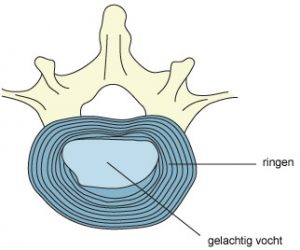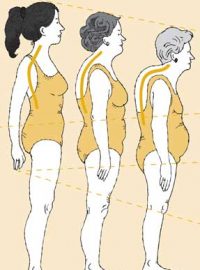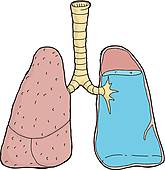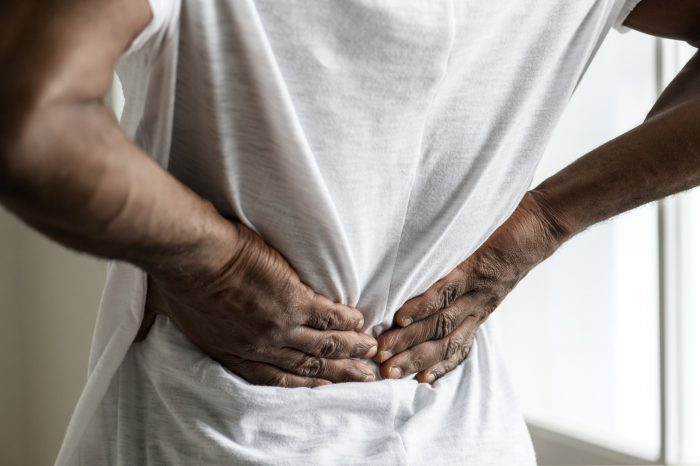Give him water...
Give him water...
“Does our back need water then?”
“Yes,” is the answer.
Between our the spinal vertebrae are intervertebral discs. They contain a gel-like fluid and therefore act as shock absorbers. Without our intervertebral discs, we would not be able to walk, run, bend, move.
We stand, sit and walk upright all day long. Due to this vertical pressure, our intervertebral discs lose a lot of moisture. Just like a sponge that you squeeze.


Did you know that this can make you up to two centimetres smaller in the evening before you go to bed than in the morning?
"A horizontal lying position"
It is therefore of the utmost importance to bring ourintervertebral discs into an unburdened position at night, so that they can absorb the necessary moisture without hindrance.
You do this by keeping your spine not only in astraight, but also in a horizontal position to bring. The pressure on the intervertebral discs is lowest in an upright, but also (and this is perhaps new) in a 100 procenthorizontal . lying posture .
In order to achieve that 100 per cent horizontal recumbency, you have to take gravity into account. After all, your body is heavier at the hips (where there is a lot of bone) and less heavy at the lungs (two big balloons). When you swim, you can tell. In the water, your upper body is much higher.

And that is a good thing. Otherwise you would drown
“Hef de heupen op, laat de schouders zakken”
Contrary to what you often see with “ergonomic” mattresses, your hips need less room than your shoulders. Your hips will find their way down by themselves.
“Adapted to your body”
Of course, your personal physiognomy plays an important role. Do you have broad shoulders? Then your mattress should be softer in that area than for someone with narrow shoulders. And for someone with a few kilos more, you will have to lift the hips just a bit more.

